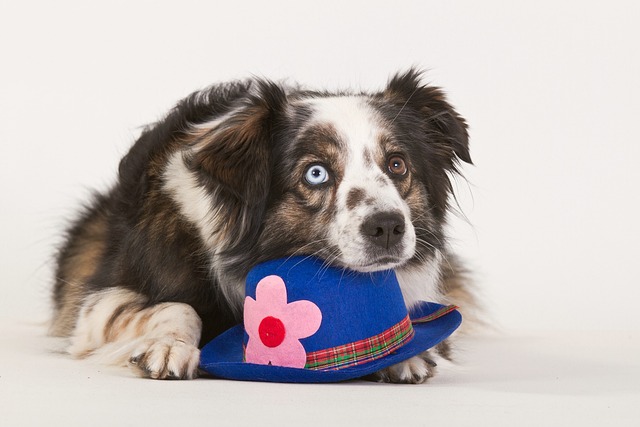
What is glaucoma in a dog?
You might notice your dog squinting more at mealtime or avoiding bright sunlight—these small changes could be early signs of a serious eye condition.
You might notice your dog licking a red, bumpy patch on their belly nonstop, or spot oozing sores around their paws—these could be signs of pyoderma, a common bacterial skin infection in dogs. It’s easy to mistake it for a simple rash, but left untreated, it can spread and make your pup miserable, with constant itching or even pain when the area is touched. For new dog owners, seeing these symptoms can be worrying, but knowing how to address pyoderma step by step eases that stress.
Pyoderma happens when bacteria (usually Staphylococcus) take hold in broken skin—this could be from a scratch, allergies that cause excessive scratching, or even a moist spot from frequent licking (like between paw pads in apartment dogs who walk on wet floors). Unlike a minor itch, pyoderma often looks angry: red, swollen, and sometimes covered in yellowish crusts. It’s not contagious to humans, but it won’t go away on its own—bacteria need targeted treatment to clear up.

The first and most crucial step to cure pyoderma is a vet visit. Your vet will examine the area, possibly do a skin scrape to confirm the infection, and prescribe medication—usually oral antibiotics (always finish the full course, even if symptoms improve!) and a medicated shampoo. At home, you can help speed healing by gently bathing your dog with the prescribed shampoo 2-3 times a week, making sure to rinse thoroughly. For apartment dwellers, keep the infected area dry: if it’s on their paws, wipe them with a clean towel after walks, and avoid letting them lie on damp carpets.
It’s also important to tie pyoderma care to responsible pet habits. While treating the infection, keep up with your dog’s regular vaccines—this protects their overall health so their immune system can fight off the bacteria. If your dog’s pyoderma is triggered by allergies (common in many breeds), your vet might suggest dietary changes or antihistamines—never give your dog human meds without their okay. And remember, punishment for scratching (like scolding) is never helpful—your dog is in discomfort, so redirect them with a toy instead, which aligns with kind training practices.
Curing pyoderma takes patience, but with vet care and at-home support, most dogs recover fully. Once the infection clears, stick to the preventative steps: regular baths with gentle shampoo, keeping their skin dry, and addressing any underlying issues (like allergies) that caused it. Your dog relies on you to notice when something’s wrong, and taking action early not only cures the pyoderma but also keeps their skin healthy for years to come—making those playtime and cuddle moments even better.

You might notice your dog squinting more at mealtime or avoiding bright sunlight—these small changes could be early signs of a serious eye condition.

Let’s set the scene: It’s a sweltering Phoenix afternoon—105°F outside—and you rushed your 2-year-old Lab mix, Cooper, on a quick walk to “get it over with.”

Let’s get real: You’re in your Miami apartment, watching your 3-year-old Corgi, Loki, struggle to climb the stairs to your second-floor unit.

Many dog owners brush off occasional scratching as just “dog behavior,” but persistent itching often signals something more—like a food allergy.

You might first notice your dog scratching more than usual—chewing at their paws until the fur looks thin, or rubbing their face against the couch nonstop.

Let’s be real: You’re standing in your Chicago apartment, watching your 3-year-old Beagle, Max, huff and puff just to climb onto the couch.